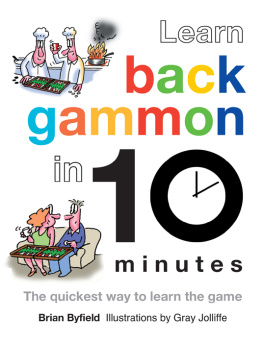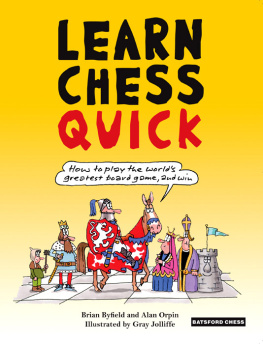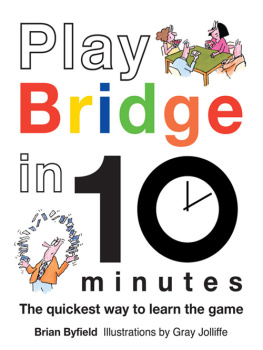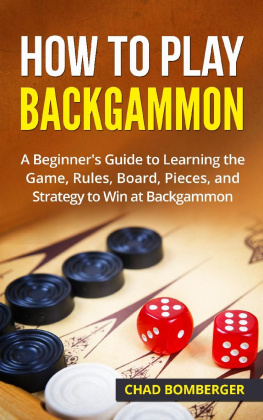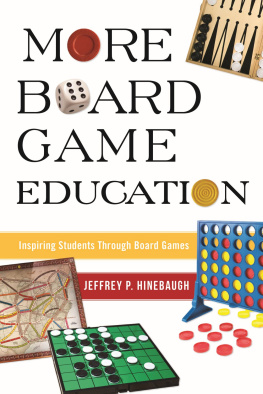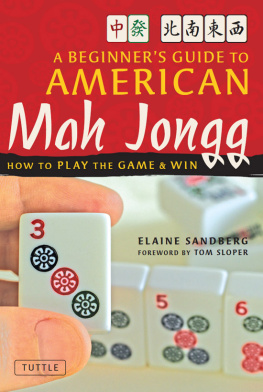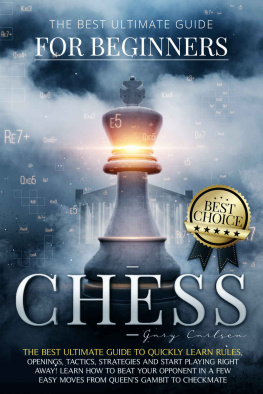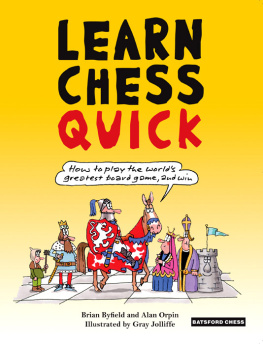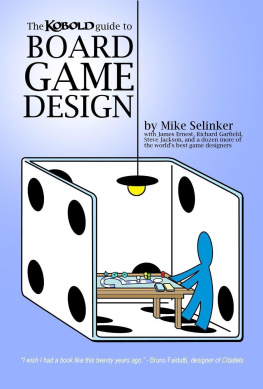Brian Byfield - Learn Backgammon in 10 Minutes: The Quickest Way to Learn the Game
Here you can read online Brian Byfield - Learn Backgammon in 10 Minutes: The Quickest Way to Learn the Game full text of the book (entire story) in english for free. Download pdf and epub, get meaning, cover and reviews about this ebook. year: 2013, publisher: Pavilion Books, genre: Children. Description of the work, (preface) as well as reviews are available. Best literature library LitArk.com created for fans of good reading and offers a wide selection of genres:
Romance novel
Science fiction
Adventure
Detective
Science
History
Home and family
Prose
Art
Politics
Computer
Non-fiction
Religion
Business
Children
Humor
Choose a favorite category and find really read worthwhile books. Enjoy immersion in the world of imagination, feel the emotions of the characters or learn something new for yourself, make an fascinating discovery.
- Book:Learn Backgammon in 10 Minutes: The Quickest Way to Learn the Game
- Author:
- Publisher:Pavilion Books
- Genre:
- Year:2013
- Rating:5 / 5
- Favourites:Add to favourites
- Your mark:
Learn Backgammon in 10 Minutes: The Quickest Way to Learn the Game: summary, description and annotation
We offer to read an annotation, description, summary or preface (depends on what the author of the book "Learn Backgammon in 10 Minutes: The Quickest Way to Learn the Game" wrote himself). If you haven't found the necessary information about the book — write in the comments, we will try to find it.
Always wanted to play backgammon but havent much time to learn? This handy little eBook will show you how in just 10 minutes Introduces how to arrange the checkers, how to move, scoring and notation, and explains simply and effectively how gameplay works Informative diagrams and quirky illustrations help the information stick The classic board game backgammon has been called the perfect combination of skill and luck. It may look complicated on first glance, but this absorbing, fun game really couldnt be simpler. This helpful, portable eBook gives you all the information you need to go off and play your first game. In clear, easy-to-follow text, backed up with helpful board diagrams and illustrations, the author shows you around the board, explains how to set up your checkers, the basics of running, blocking and hitting, and an impressive array of handy tips and hints to help you win the game. It also covers how backgammon notation works, how to score and the best places to play backgammon online. Armed with the information in this book, youll become an expert backgammon player - in super- quick time!
Brian Byfield: author's other books
Who wrote Learn Backgammon in 10 Minutes: The Quickest Way to Learn the Game? Find out the surname, the name of the author of the book and a list of all author's works by series.

